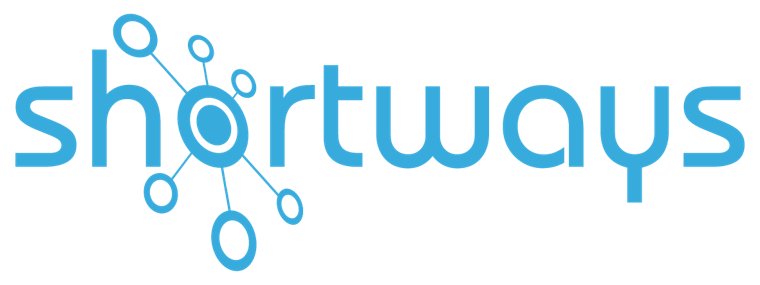Reducing the Total Cost of Ownership (TCO) of your business applications is a strategic goal for any company seeking to maximise the return on investment of its digital tools. The costs associated with business applications (such as ERP, HRIS, and CRM) go far beyond the initial installation fees. They include maintenance, user support, training expenses, and even hidden costs related to productivity losses. Discover four optimisation strategies that can significantly reduce the TCO of your applications.
1. Optimise Ticket Management to Avoid Productivity Losses 📉
When a user encounters a technical or functional issue with a business application, their productivity is immediately affected. Poorly organised ticket management can extend incident resolution times, paralysing operations. Efficient ticket management ensures critical incidents are prioritised, tickets are routed quickly to the appropriate teams, and users receive accurate responses.
By centralising and automating ticket management, companies can improve support responsiveness, reducing downtime for users. This optimisation translates to increased productivity, as employees are no longer left waiting for resolutions.
👉 With Smart Ticketing, each ticket is automatically routed to the appropriate support team based on the selected category. An integrated and intuitive back office helps filter and optimise ticket management.
2. Encourage Self-Service to Reduce Support Load 🤖
Many support requests involve recurring questions or simple issues that users could resolve themselves with the right information. By implementing a self-service system within business applications, users gain access to real-time solutions without needing to submit a ticket. This approach alleviates pressure on support teams and reduces the number of tickets processed.
Self-service also helps users become more familiar with the tool, making them more autonomous and capable of resolving future issues independently. Integrating knowledge bases, contextual FAQs, and interactive guides directly into business applications fosters this autonomy and limits the need for support interventions.
👉 Smart Ticketing offers a knowledge base accessible directly within the application, providing answers to common questions. These resources can even be suggested before a user submits a request, based on keywords they enter and the selected category. This enables users to troubleshoot independently, reducing the workload for support teams and the costs associated with ticket management.
3. Analyse Ticket Trends to Anticipate Recurring Issues 🎫
Each ticket represents a learning opportunity for the company. By analysing generated tickets, patterns and recurring issues can be identified, often revealing application inefficiencies or gaps in user training. Addressing the root causes of these problems not only reduces future ticket volumes but also improves user experience and application adoption.
Insights from these analyses allow corrective actions, such as improving specific features or creating targeted training resources. These proactive measures prevent similar tickets from reoccurring and minimise the associated interruptions, reducing the TCO.
👉 Smart Ticketing provides analysis and reporting tools to monitor ticket trends and identify recurring issues. These analyses enable preventive measures, application feature optimisation, and a reduction in the number of tickets created.
4. Prioritise Critical Requests to Minimise Indirect Costs 💵
Business applications are often central to a company’s operational processes. When a ticket involves a critical operation (e.g., an issue in payroll processing or inventory management), delays in resolution can lead to costly consequences, such as revenue losses or production chain disruptions. The ability to effectively prioritise critical requests is essential to avoid these indirect costs.
By prioritising tickets based on their impact level, user support can focus resources on requests with the highest potential to disrupt operations. This ensures that incidents blocking critical processes are resolved quickly, reducing delays and the costs associated with interruptions.
👉 Smart Ticketing uses a prioritisation system to categorise tickets based on their criticality.
Conclusion
Reducing the TCO of business applications is more than a cost-cutting strategy; it is a vital lever for enhancing a company’s competitiveness and optimising internal processes. By adopting practices such as optimising ticket management, encouraging self-service, proactively analysing trends, prioritising critical requests, and centralising information, organisations can not only control costs but also create a smoother, more productive working environment for their employees.
The TCO of an application is directly linked to user experience and employee satisfaction. When users are well-supported and have the right tools to resolve issues independently, their productivity increases, and service interruptions are minimised. Cost reduction is achieved not at the expense of service quality but alongside improvements in responsiveness, resolution accuracy, and user satisfaction.
With Smart Ticketing, your company benefits from a comprehensive solution that integrates these four key practices. By optimising ticket management, fostering self-service, anticipating recurring issues, and prioritising strategic requests within a single interface, Smart Ticketing transforms user support into a performance driver and cost management tool.
By adopting this solution, you take control of the indirect costs of your applications while ensuring an optimised user experience, efficient support, and continuous improvement of your business processes.
To see it in action and discover how Smart Ticketing can help resolve your business ticketing challenges: contact us for a demonstration.





